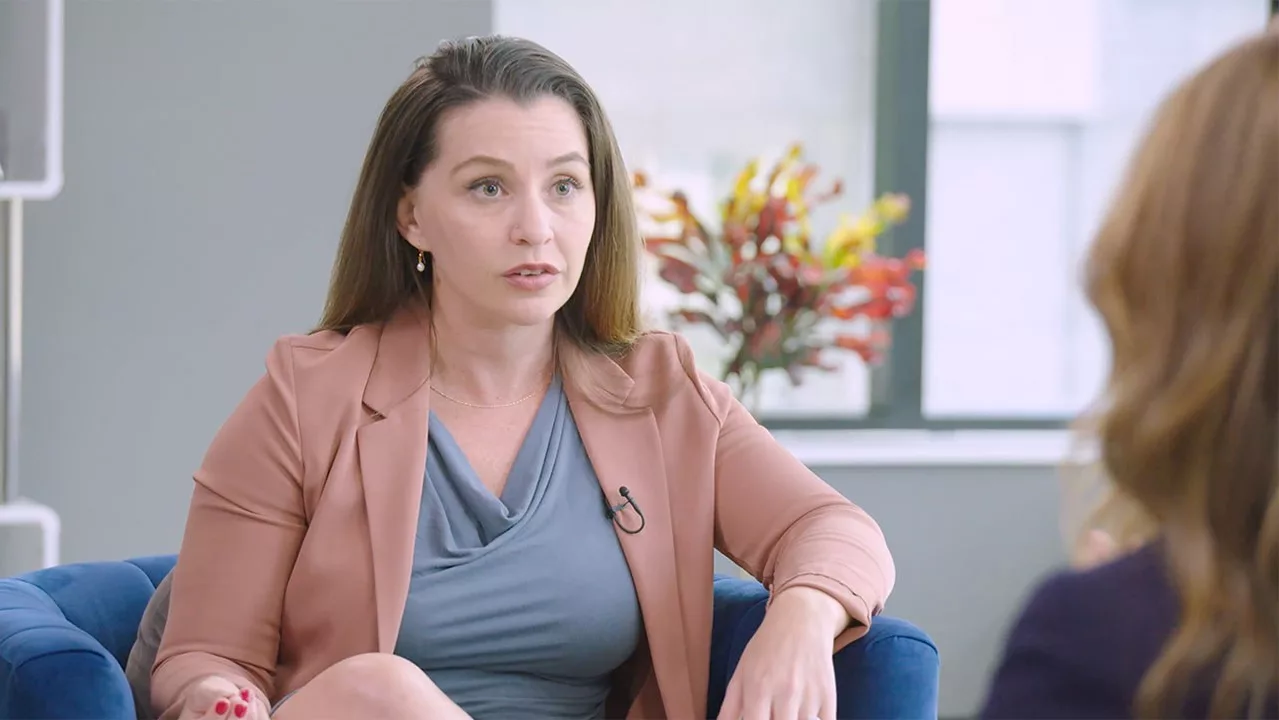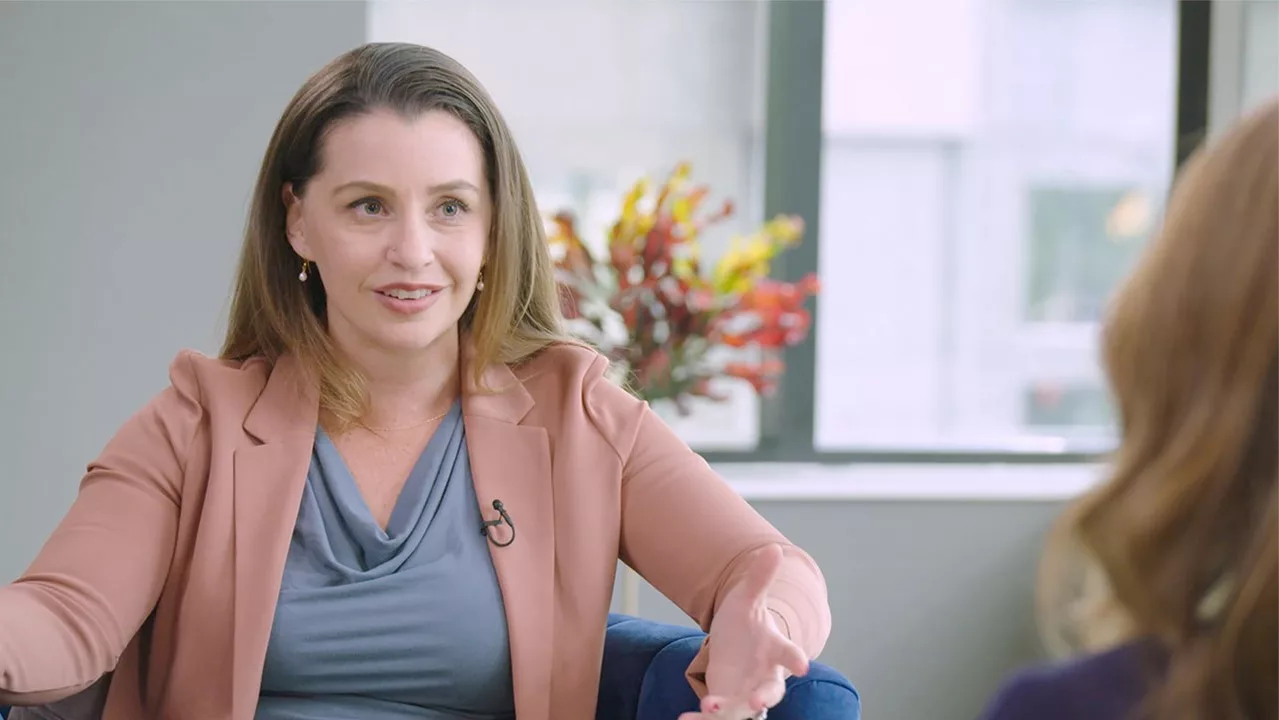How the consumerization of healthcare is positive
The current status quo when it comes to behavioral health is bleak. Providers are working in disparate and often antiquated technology systems that cannot standardize data and cannot provide patients with benefits that we accept as basic, such as text message appointment reminders. Behavioral health agencies also are not yet included in value-based payment models.
Investing in and adopting systems that make patient data useful and accessible could transform the industry, impacting not only the behavioral health side but the medical health side as well, to improve overall patient care.
Arcadia Vice President of Enterprise Partnerships, Anna Basevich, recently spoke with IMSNY CIO, Elise Kohl-Grant, about the lack of technology investment in behavioral health, how standardizing data could open doors for new patient benefits, and why technology can lead to significant positive outcomes for the whole person care.
This discussion is now available as episode 5 of the Arcadia miniseries, The Schema (watch it here). Below, we summarize the drawbacks to the current patient experience, the need for behavioral health agencies to be included in value-based payments models, and the positive outcomes of involving patients in their own care.
Helping behavioral health patients through their journey of care
Before I came here I had a nail appointment, and I received three text messages to come to my nail appointment. And I was still late. So imagine someone who is suffering from severe mental illness, and is maybe suffering from anxiety and afraid to leave their house… We have to get better at pulling this information out if we’re really going to help the patient through their journey of care.
— Elise Kohl-Grant
Think about the daily reminders we get for all the little things and then think about the distinct lack of those reminders and other automated features when it comes to the experience behavioral health patients have with their providers.
Why? Because the information needed to create those reminders is housed in a patient’s case notes, not a calendar. It’s “unstructured data,” meaning there is no consistent format for an automated system to pull from.
Without the ability to structure patient data, we can’t analyze it and use it to follow a patient’s journey and really understand their story. We can’t offer them features like text message appointment reminders and the ability to book appointments online.
Behavioral health needs to see a commitment to technology in order to fully care for patients in our tech-driven world.
Incorporating behavioral health in value-based payment models
Behavioral health agencies aren’t necessarily ready to take on risk just yet, but I think that’s where we’re going and that’s where we need to go.
—Elise Kohl-Grant
It can sound surprising to hear that we have to increase spending on the behavioral health side in order to decrease spending on the medical side. But medical costs are more expensive than behavioral health costs. So recognizing that putting more financial resources on the behavioral health side can greatly impact the medical health side and reduce utilization in the medical side is the first step.
It’s time to explore financial incentives and financial models that make sense to help lower medical costs by increasing resources on the behavioral health side.
As the industry evolves to more integrated care, behavioral health must be included. Right now, those agencies are not part of most value-based payment models, but the awareness is increasing and over the next few years we will see a shift.
Creating patient experiences to match consumer's expectations
If you look at Airbnb when they first launched, they went to every one of their customers and asked them what their experience was, and why they used Airbnb. If we started doing that with our patients, can you imagine the positive outcomes that would come out of patients being able to engage more effectively in their own care?
—Elise Kohl-Grant
If we treat patients like consumers we can find ways to reach an already historically hard-to-reach population and involve them in their care. We can engage them with patient-driven technology solutions.
Some of the most promising patient-driven solutions emerging include:
- Consumer-facing medical devices — In 2021 alone, the venture capital investments in these apps skyrocketed.
- Telehealth — More than $2 billion has been invested in telehealth to date.
- Texting and outreach apps — Read how one CIN improved vaccination rates with Arcadia’s Outreach product, for example.
- Natural language processing — If the industry can invest in applications where natural language processing helps standardize and create this universal language for behavioral health, then there will be a huge difference in the care provided and the analytics providers are able to pull.
Ultimately implementing a technology approach that uses a universal language will help providers measure outcomes and understand their patients’ stories in ways they haven’t been able to before.




